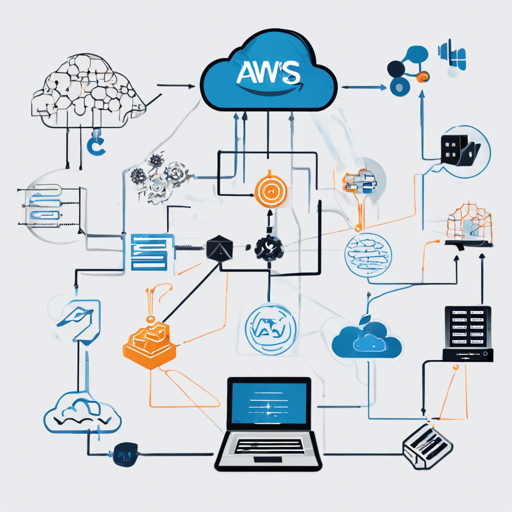Welcome to a comprehensive guide on utilizing AWS Machine Learning (ML) services! In this article, we will explore how to effectively use the vast array of tools and services provided by Amazon under the AWS platform, focusing specifically on Amazon SageMaker, AI services, and various ML frameworks.
What is AWS and its Machine Learning Services?
Amazon Web Services (AWS) is a cloud platform that provides various solutions for computing, storage, and networking. Among these are powerful machine learning services designed to help developers build, train, and deploy machine learning models at scale. Key components include:
- Amazon SageMaker: A fully-managed service that enables developers to quickly build and deploy machine learning models.
- AI Services: Pre-built solutions for tasks like image and video analysis, personalized recommendations, and text analysis. Examples include Amazon Personalize and Amazon Rekognition.
- ML Frameworks: AWS supports popular frameworks like TensorFlow and PyTorch, making it easier for developers to train their models efficiently.
How to Get Started with AWS ML Services
Getting started with AWS machine learning services involves a few steps. Imagine you are building a house – you need to lay down a solid foundation before constructing the walls, putting in a roof, and adding the finishing touches. Each step is crucial, just like in ML development. Here’s how to proceed:
Step 1: Set Up an AWS Account
Begin by creating an account on AWS. This will be your gateway to accessing all AWS services, including machine learning capabilities.
Step 2: Familiarize Yourself with Amazon SageMaker
Explore the SageMaker console, which serves as the dashboard for managing your ML workflows. Resources include:
Step 3: Choose Your ML Framework
Decide on the framework you want to use, such as TensorFlow or PyTorch. Each has its own strengths and is suitable for different types of tasks:
- TensorFlow: Great for building complex neural network architectures.
- PyTorch: Preferred for research and rapid prototyping due to its dynamic nature.
Step 4: Build, Train, and Deploy Your Model
This stage is like constructing the walls and roof of your house. Utilize SageMaker to build your model, train it with datasets, and then deploy it for inference. For detailed tutorials, check out:
Troubleshooting Common Issues
While navigating through AWS ML services, you may encounter some common challenges. Here are troubleshooting tips to get you through:
- Model Training Fails: Check if your input data is formatted correctly and if the instance type is appropriate for the task.
- Service Connection Errors: Ensure your AWS credentials are set up correctly, and review the IAM roles associated with your project.
- Deployment Issues: Inspect the CloudWatch logs for any error messages related to your endpoint.
For more insights, updates, or to collaborate on AI development projects, stay connected with fxis.ai.
Conclusion
At fxis.ai, we believe that such advancements are crucial for the future of AI, as they enable more comprehensive and effective solutions. Our team is continually exploring new methodologies to push the envelope in artificial intelligence, ensuring that our clients benefit from the latest technological innovations.
With AWS machine learning services at your fingertips, you can embark on your AI journey with confidence. Remember, each step you take is leading you closer to building impactful machine learning solutions.

